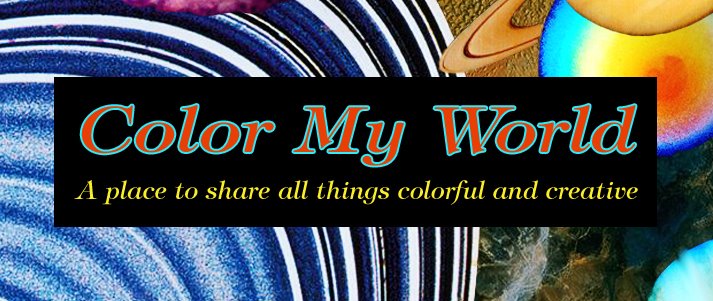 This colorful piece uses a thermofax screen made from one of my photos, one of Rene's screens that have three squares, a screen of a splat, a BBQ pan with holes, and extruder drawn circles.
This colorful piece uses a thermofax screen made from one of my photos, one of Rene's screens that have three squares, a screen of a splat, a BBQ pan with holes, and extruder drawn circles. I put a bath mat behind the silk screen and pulled yellow dye across the surface and let the screen dry. Once dry, I used clear paste for the first couple prints, then added turquoise dye.
I put a bath mat behind the silk screen and pulled yellow dye across the surface and let the screen dry. Once dry, I used clear paste for the first couple prints, then added turquoise dye.
I used a piece of construction fence behind the screen for this print. I wasn't happy with the way it was printing, the texture was very blotchy, probably because it was printed on canvas. Andi thought it looked like graffiti and suggested that I add writing. I put thickened dye into an extruder and added a layer of handwriting. I still don't like it much; it may need more layers.
Deconstructed screen printing is what Kerr Grabowski calls this technique. She has a DVD that explains all the steps. Both Rayna Gillman and Jane Dunnewold have instructions in their books.
I would love to hear from you if you've ever tried this. It's definitely a technique that is full of surprises. I really enjoy dyeing fabric a lot more than I ever expected. I think I'm going to have to buy some of my own.




